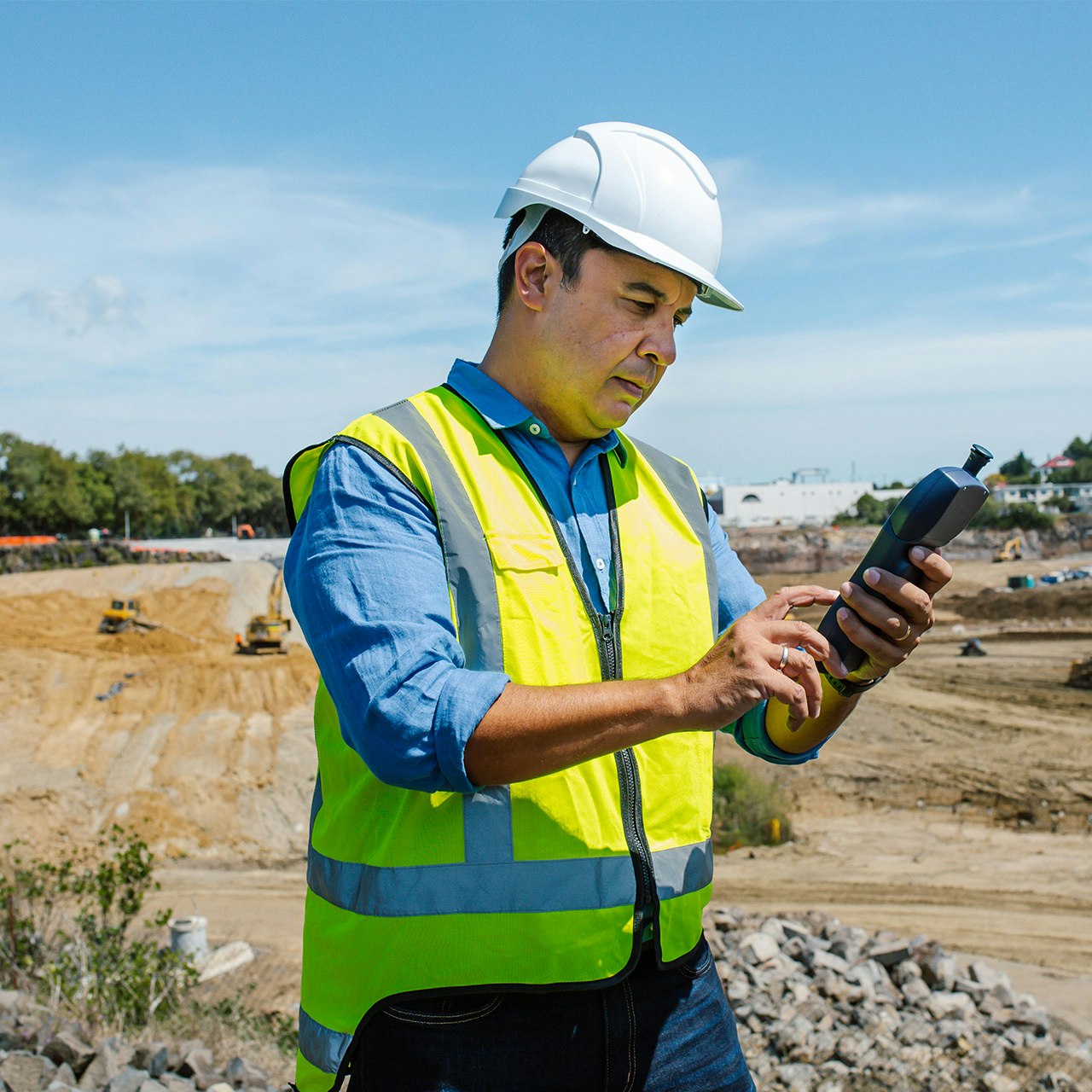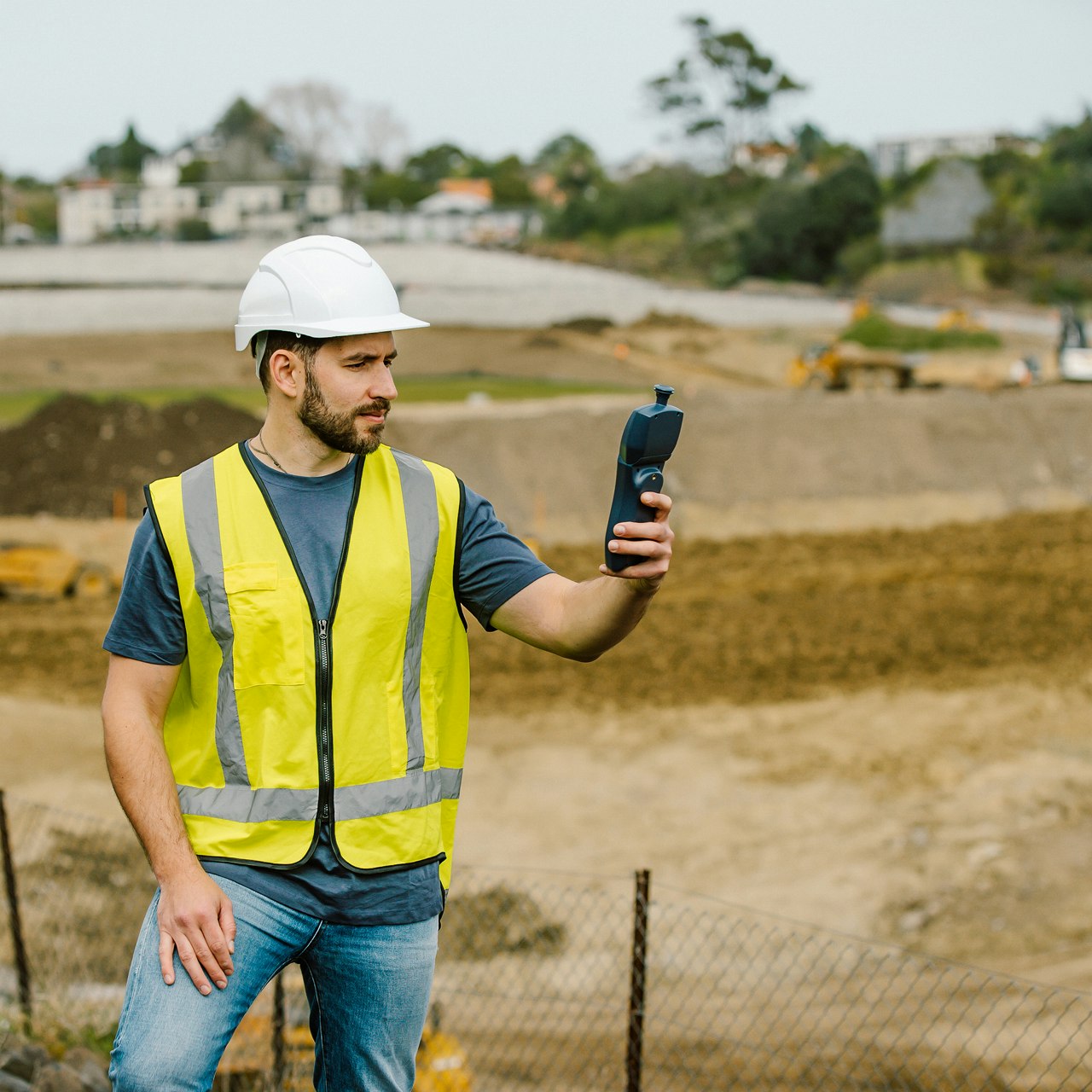Blog
Postcard from L.A. – the highs and lows of building a 100 air quality sensor network in Los Angeles
Article Details
Last Updated
14 September 2025
Published
16 March 2018
Category
Community
We’ve teamed up with South Coast Air Quality Management District (SCAQMD), UCLA and several Los Angeles community groups to set up a network of 100 air quality sensors in communities throughout the Greater Los Angeles area. To date we’ve deployed more than half of the sensors, with three months of data coming in. Interest is high in the network, in the US and abroad, so here goes an attempt to share our experience so far.
A bit of background
The network came about thanks to funding from the US and New Zealand governments. On the US side South Coast Air Quality Monitoring District (SCAQMD) was awarded a Star Grant from the United States Environmental Protection Agency (US EPA) for the purpose of promoting community air quality monitoring, understanding, and awareness. They have a small budget to buy and deploy sensors as part of the overall project which involves outreach and information sharing.
These are interesting times in Los Angeles, as far as air quality goes. California recently passed into law Rule AB617, which requires local government to carry out air quality monitoring at the community scale. We are working with SCAQMD to understand how low cost sensors can be used to supplement existing air quality monitoring networks.
On the New Zealand side, Aeroqual has been part of a multi-year research and development project led by University of Auckland and co-funded by the New Zealand Government. This project has given rise to new technology and products like the AQY. Having deployed sensors around New Zealand, the latter stages of the project required a larger deployment of sensors. As is often the case, we wanted to set up this network somewhere with a more challenging environment (a nice way of saying somewhere more polluted). That led us to LA where our ability to measure ozone (O3), nitrogen dioxide (NO2), and PM2.5 was of real interest from a public health perspective.
We put the two together and came up with the idea for a 100-instrument network in Los Angeles.
The details
Aeroqual chose a prototype of our AQY 1 for the project. The AQY is designed to measure ozone, nitrogen dioxide, and PM2.5, as well as temperature, relative humidity, and dew point. The instrument is designed to measure these parameters with high accuracy, be easy to use, and affordable enough for there to be one in every neighbourhood.
The first 25 of 100 sensors was dispatched from New Zealand in early December 2017 and these were installed by mid to late December. A second batch of 25 sensors was dispatched and installed in early February 2018. The third batch of 25 sensors is currently being installed with the final 25 due to be installed late March. The reason for the staggered installation is partly Aeroqual’s production capacity (this being a prototype rather than a production-ready product) and partly availability of resources on the ground (we’ll go into this in more detail later).
The sites have been chosen by SCAQMD and the community groups they work with. Some sensors are located at existing monitoring stations, some are located at schools, some are installed outside people’s homes. Most sensors are mains-powered.
Data is communicated from the sensors to Aeroqual’s web servers via a 4G cellular modem. Aeroqual manages the sensors using our Aeroqual Cloud software application (primarily for diagnostics and remote technical support). From there the data is extracted via an API into a range of tools for data analysis. On this project we are using R (a statistical computing package of software tools), along with data from AirNow to validate performance of sensors located at the monitoring stations.
The opportunities
Already we are seeing the benefits of a denser network. Not least of which is public interest and engagement. Most folks are keen to understand what the sensors are for, how they work, and most importantly, what they can tell them about the air they are breathing. People often have preconceptions about air quality – some good, some bad – and they are keen to know how the data will be used to improve the quality of the environment they live in.
It’s early days yet but already we can see some interesting patterns in the data:
- When co-located at the same site, the air quality sensors correlate well with SCAQMD-run ‘reference’ monitoring stations (see below).
- When located in different areas, there are notable and sometimes significant differences in the air quality levels measured. Interestingly these differences or similarities vary depending on the pollutant being measured.
- The effect of weather (meteorology in air quality speak) on certain pollutant levels, e.g. the way ozone, or PM2.5 drops quickly when there is rain and how they are transported across the region.
- The potential for reference stations to miss pollution peaks. This can be seen in the following image, where sensors in the heart of Riverside are showing high levels of ozone (red shading) while the reference station, located off to the north west, is showing moderate levels of ozone (light yellow shading).
- The role of geography on pollutant levels. In the image below the ozone concentration changes along the geographic features indicated by the red line (Santa Ana River and Box Springs Mountain Range).
- Finding installation sites. This an age-old problem for the air quality monitoring industry. Traditional reference stations are massive and take up a lot of land. Finding that land and getting a permit for it can be tough and potentially expensive. One of the advantages of low cost sensors is that they can be installed in pretty much any location. But the sheer number of them does create logistical challenges. Permission still needs to be sought for a device to be installed at a given location, and getting from location to location can take up significant amount of time, particularly in LA traffic.
- Connectivity. We have seen some sensors disconnect from the network which affects instrument uptime. It doesn’t cause a loss of data in our case because the AQY prototypes have on-board data-logging; once the connection re-establishes, the data is back-filled. This issue is mainly to do with cellular network intricacies. Due to the fact that US and NZ cellular carriers operate on different frequencies can make it very challenging to test the robustness of the modem choices at home.
- Data volume. 1-minute data from 100 sensors (each reporting 5 different parameters) produces a vast amount of data. Over the course of a year this network will generate over 250 million individual measurement points! The tools and the time required to validate, analyse and interpret the data is a significant potential cost. A big data skillset is useful but it needs to be fused with expertise in air quality measurement and data processing methods.
- Calibration. We operate a batch calibration process at our factory in NZ for the prototypes and have been monitoring how well the calibration works in LA. Generally, we see good out-of-the-box measurements but sometimes we find the calibration has changed. This is helping us address issues such as calibration standards and shipping and handling effects.
The story so far
For us it’s hugely exciting. Seeing what the technology can do at this scale in an environment as complex as Los Angeles and working with a population who live with significant health effects from air quality issues – this is why Aeroqual exists. Of course, in our opinion, we see the benefits far outweighing the costs.
We’ll continue to report our experiences over the coming months, so others can benefit from our successes and our mistakes. Keep checking back for the latest updates and feel free to share these with your friends and colleagues.
If you are interested to know more about the project, or the products and services we offer, please get in touch. We’re always happy to help.
AQY 1 UPDATE AQY 1 sales are on hold from 18th March 2021, a critical component in the AQY has gone end of life and for that reason we have put sale and supply of the AQY on hold until further notice. You can read more here.
Real-time air monitoring made easy
Take the time and hassle out of your next project with a real-time air quality monitoring solution.












